In late spring, the rhododendrons are blooming! Here’s more about this stunning flowering shrub—which are easy to grow as long as you have the right conditions.
What Are Rhododendrons?
Rhododendrons are actually the most popular woody landscape plant in the United States. There are over 800 species of rhododendrons ranging from spreading groundcovers a few inches high to 100 foot tall trees and many thousands of registered, named varieties.
Twenty-four species of rhododendron are native to North America. Some are wild.
- The shade-tolerant rosebay (Rhododendron maximum) grows wild from Nova Scotia to Georgia.
- The sweet-scented swamp azalea (R. viscosum) is found in boggy areas from Maine to Florida.
Worldwide there are hundreds of species of rhododendrons with blossoms in every color in the rainbow. Those native to China, the Himalayas, and Japan impressed early plant hunters with their riot of color and plant breeders have introduced them to this country, adding to the choices gardeners have available.
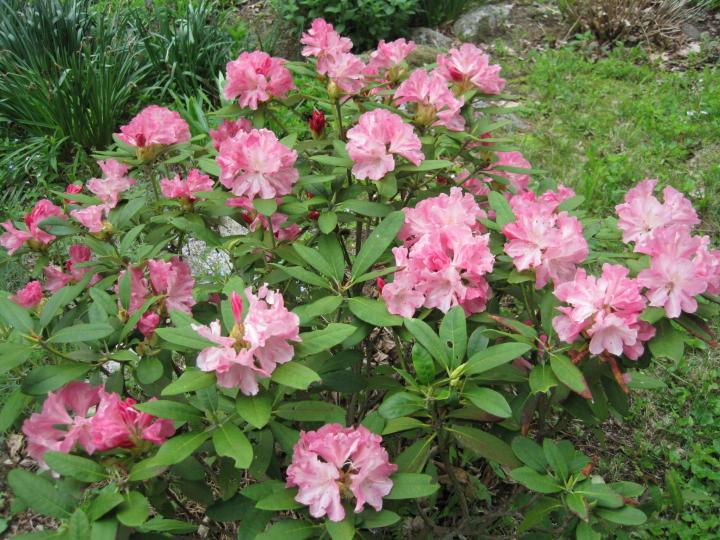
Rhododendrons belong to the Erica family along with plants like heathers and heathers, and cranberries and blueberries. All Ericas have very fine, hair-like roots that form densely packed, shallow rootballs that grow as wide as the crown of the plant. In nature, they grow in acidic leaf mold and moss under deciduous trees. Since they are not tap-rooted they do not compete with the trees for nutrients, making them ideal understory plants.
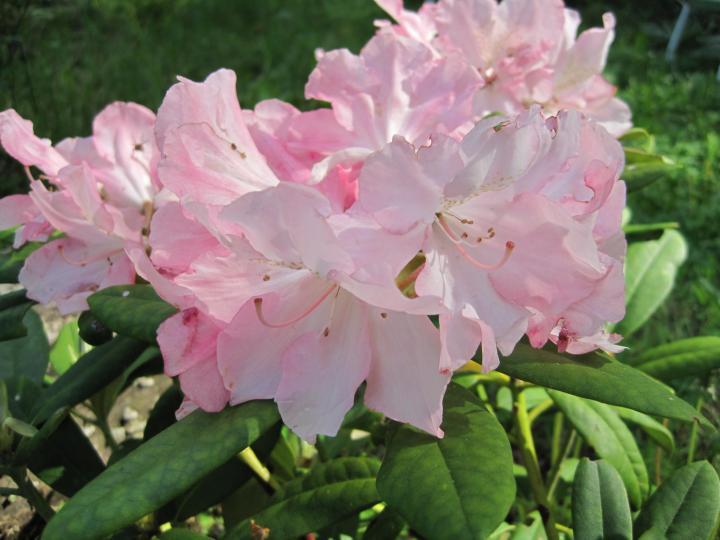
Are Rhododendrons And Azaleas The Same?
Botanically speaking, all azaleas are rhododendrons because they are in the genus Rhododendron but not all rhododendrons are azaleas. Though they look similar, there is one easy way to tell them apart: Azalea flowers have only 5 stamens while rhododendrons flowers can have 10 or more in each blossom.
Rhododendron Care Tips
When choosing plants for your own garden emphasis should be on plant health, hardiness, and disease resistance. Location and site preparation are the keys to success with rhododendrons.
Location
They appreciate a spot with dappled shade or at least protection from hot afternoon sun and strong winds. Too much sun leads to bleached and burned leaves while heavy shade causes lanky growth and poor blossoming. One rule of thumb is the larger the leaf the more shade they prefer.
- Rosebay is one of the hardiest species with 4 to 8 inch long, deep green leaves. It can take almost full shade.
- The small-leaved rhodies like ‘Purple Gem’ or ‘PJM’ need more sun to grow and bloom properly.
Soil Preparation
- All rhododendrons need well-drained, loose, friable soil. Their fine roots can’t penetrate heavy, compacted soils. Since they are not tap-rooted they are the first plants to suffer in drought or flood. Before planting dig in lots of humus and compost.
- They like acid soil in a pH range of 4.5 to 6. When soil conditions are right, they need little or no fertilizer.
Nutrients and Fertilizer
- A yearly application of organic mulch such as partially composted wood chips or bark is important for discouraging weeds and maintaining soil moisture, but it also provides food for beneficial soil bacteria and fungi, which then release nutrients in a form the plants can readily use.
- If you need to fertilize, apply a balanced fertilizer in the fall after frost or in March to give plants an early spring boost. If your soil pH is too high, use sulfur to acidify the soil. Never use aluminum sulfate around rhodies because it stops root growth entirely.
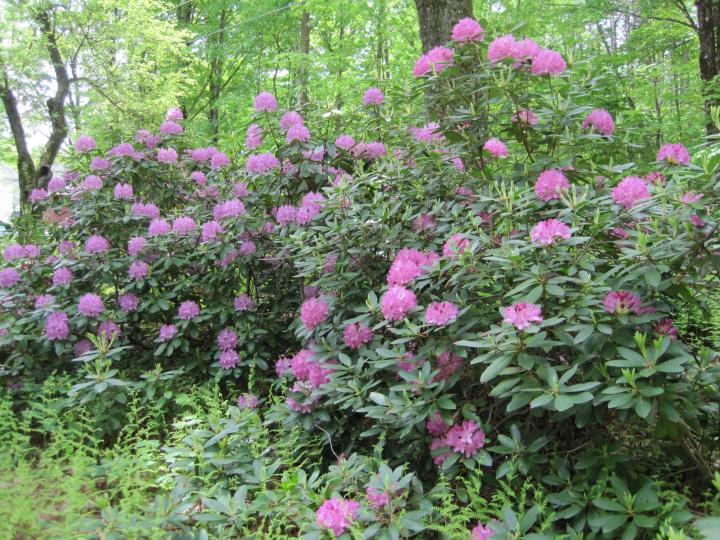
Right now my Roseum elegans hedge is in overdrive!
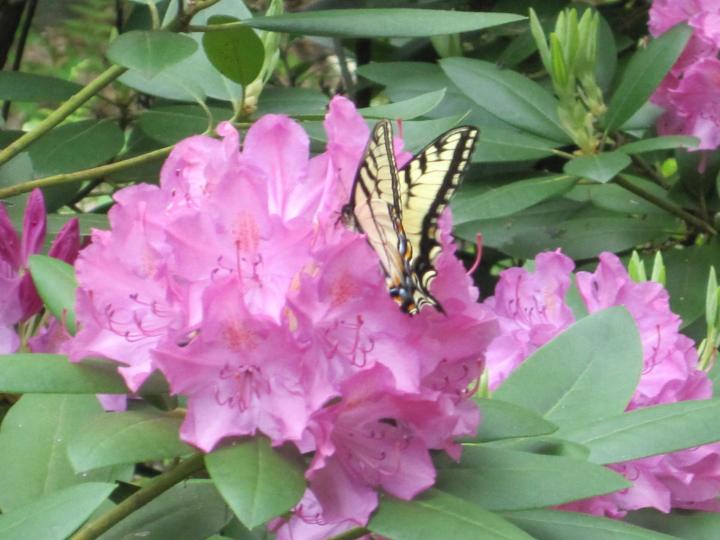
Bumblebees and swallowtail butterflies love rhododendron blossoms!
Learn more on the Almanac’s rhododendron page.
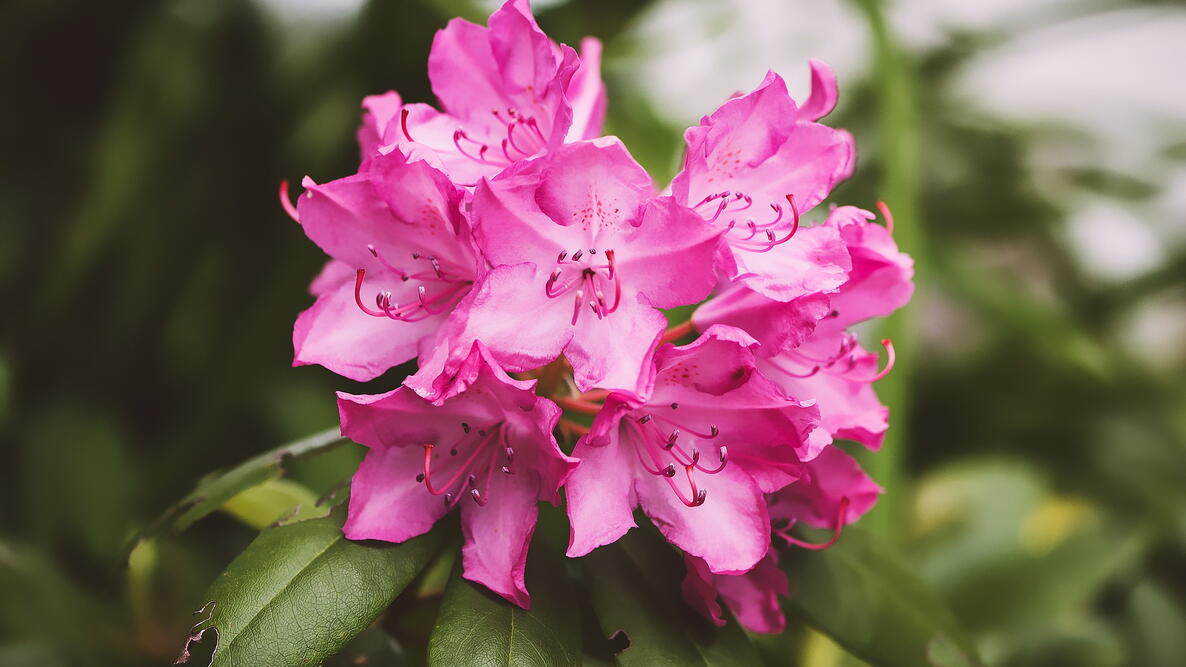





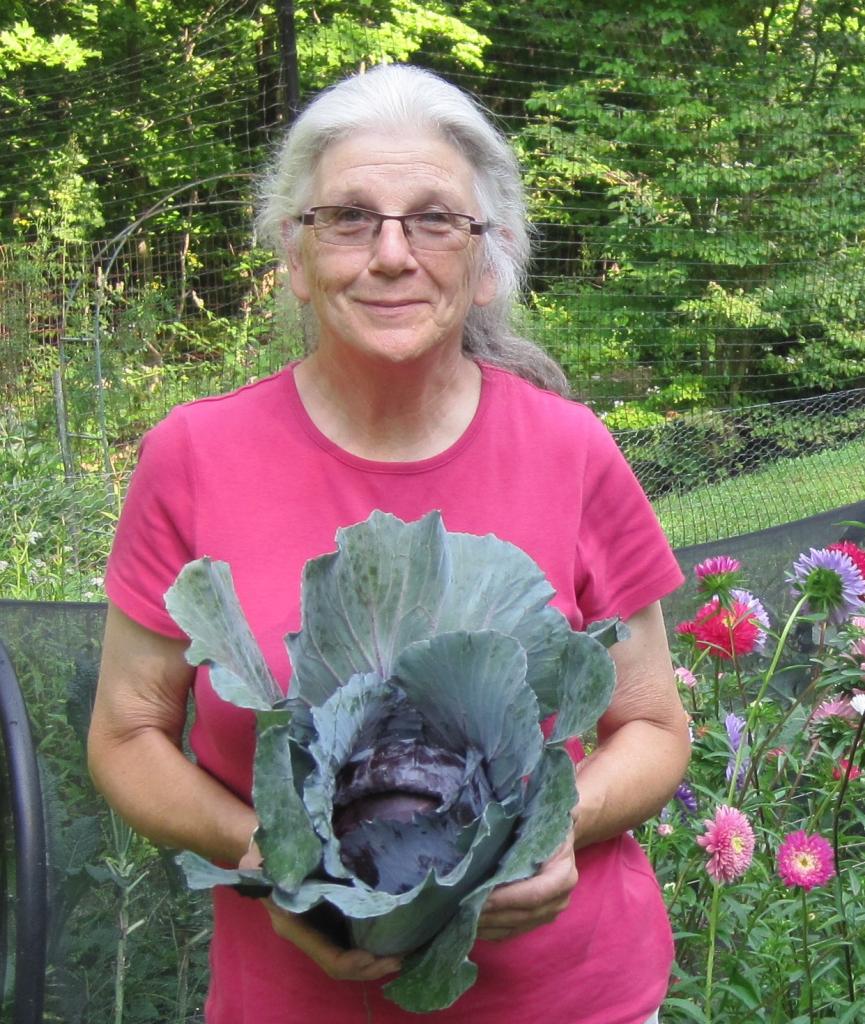








Comments